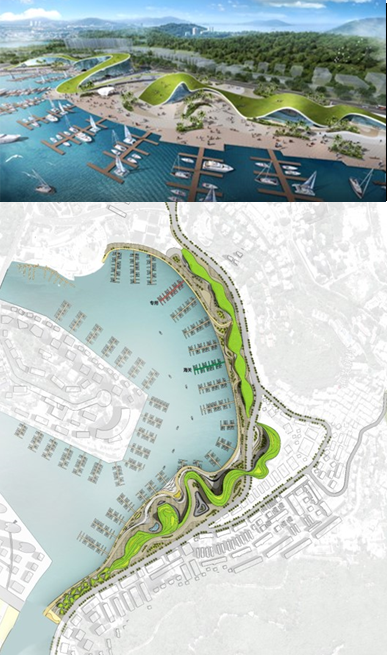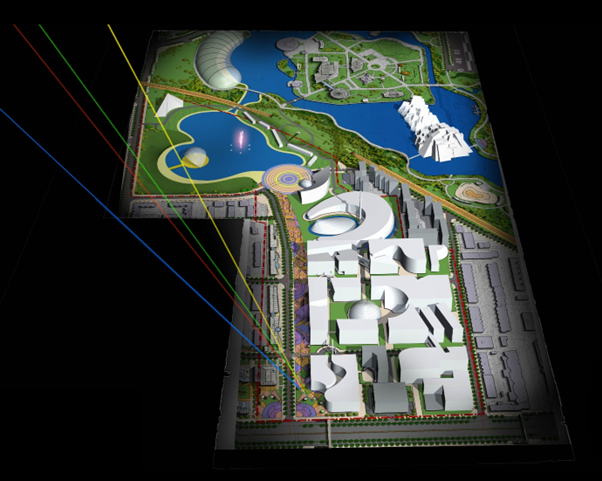TAN Shee Tiong
Adjunct Associate Professor
Tan Shee Tiong
BArch PDTP MSIA FSIP RIBA MRTPI
CEO, IAP Interactive Architects Planners
Senior Consultant, SDCi Smart Development Consultants International
Adjunct Associate Professor, NUS College of Design & Engineering, MUP, MAUD & MArch programs
Tan Shee Tiong is a registered architect, a chartered architect and chartered town planner with over 45 years of practical experience as an architect, urban designer and urban planner with projects in Singapore, China, UK, the Middle East, India and South East Asia. He has won international urban design and master planning competitions in Beijing, Tianjin and Hainan. Most recently in 2018, he was a shortlisted finalist among 162 international firms in an international competition on Haikou Jiangdong New District Master Plan (400 sq. km). He is regularly invited by Chinese cities to adjudicate international planning and urban design competitions and was invited as international expert advisor to planning authorities in Yunnan and Hainan provinces, PRC in 2016 and 2019 respectively. Since 2011, he has trained over 150 groups of Chinese provincial, city and party officials on planning and governance of Singapore either in Singapore or at town halls, universities and party colleges in China.
Mr. Tan was elected President of Singapore Institute of Planners 2001-2003 and was instrumental in the setting up of the SIP Planning Awards and served as deputy chief judge in the inaugural award in 2008, and in the preparation for the United Nations Climate Change Senior Policy Conference and Commonwealth Association of Planners Conference held in Singapore. He also organised and chaired the widely-publicised Singapore Population Forum in 2013.
In 2015, he received the Singapore Golden Jubilee Design Award from the government and the Planning Pioneers Award from SIP. He was featured as a distinguished alumni in the book “NUS115: Celebrating 115 years of shaping the future”, published in 2021. Mr Tan was the first recipient of Singapore Board of Architects Travelling Scholarship in 1970 and did internship in London and hitch-hiked through 18 countries. He gave travelogue presentation of 3000 slides to the school of architecture upon his return. He was elected as president of the university’s architecture society the following year.
Mr. Tan’s early research interest was on self-help and citizen empowerment with architecture thesis on self-help adventure playgrounds in the UK and Scandinavia, and planning thesis on public participation in housing in the UK. His recent projects and studio programs at MArch, MAUD and MUP have strong focus on biophilic architecture and urbanism as well as carbon-neutral, car-lite, self-sufficient and post-pandemic urban solutions. He edited a book on Healthy Cities while serving as director of future city institute as well as global director of planning and design in SCP Consultants in Suzhou in 2013-2014. The book was published in 2015 by Suzhou University. In 2021, MAUD and MUP students won top awards in the student categories of the SIP Planning Awards on visions of Arboreal City and Self-sufficient City for Singapore respectively.

2019: Hainan Sanya Southern Sea Marina Bay urban design guidelines with prototype architectural design. Maximum allowable building height is only 60m and a number of visual corridors are to be provided from the mountain range behind towards the sea. Client’s brief also requires all buildings to blend with the undulating mountain range in the background. The proposed biophilic prototype conceives long seamless curvaceous green roofs that connect all functional land uses and synergise with the natural landscape. This is a commissioned project.

2015: Healthy Cities is a collection of papers presented at the International Symposium of Healthy City organised by Future City Institute of SCP Consultants and Suzhou University in December 2014. The book has 31 essays which include “Assessing local food systems in China for building healthy mega-cities” by Giulio Verdini, “Sustainable healthy cities: a case study on Kyoto, Japan” by Hiroshi Kise, “What China can learn from the healthy city movements in Europe and America” by Tej Kumar Karki. It is interesting to note that the book was published prior to the 2019 covid pandemic and many lessons learned could be applied as urban solutions today.

2018: Hainan Haikou Jiangdong New District Master Plan international competition was held against the background of Hainan Island being declared a free trade port to be completed by 2025 by Xi Jinping 6 months earlier in March 2018. Top: Perspective of proposed Eco-CBD to the northern coast. Bottom: Land Use Master Plan of 400 sq km including protected mangrove swamps to the east and an expanded airport to the south. A low-carbon master plan was conceived. Buildable areas were generated through extensive ecological and resilience GIS analysis with respect to earthquake, typhoon and flood. Most existing waterways and farms were preserved and integrated to reduce infra-structural costs and provide labour force for the construction fast paced to complete in 7 years. Detailed market research was carried out to determine the industries to be introduced and talents to be attracted to implement the ambitious vision.

2006: The international urban design competition for the Beijing International Sports Hub at Longtan Lake was organised prior to the Beijing Olympic in 2008. Beijing Sports Council was housed at the site among derelict hutongs adjacent to the preserved lake and park which were designed by Chinese pioneer architect Liang Si Cheng. The site is to the east of Heavenly Temple and south of Imperial Palace. Judges’ citation for this winning entry was the ability of a foreign consultant to understand deeply the Chinese culture and respect the axis and scale of these adjacent national heritage, as well as the clever proposition to link the site cut off by a busy running railway line through constructing a gentle landscaped earth mound. Block massing was commented as humble, intimate and refreshing.
